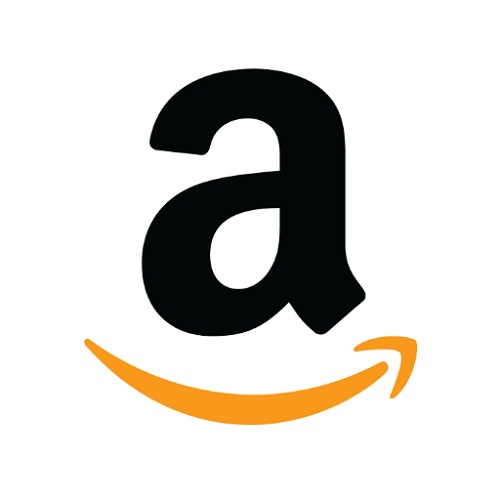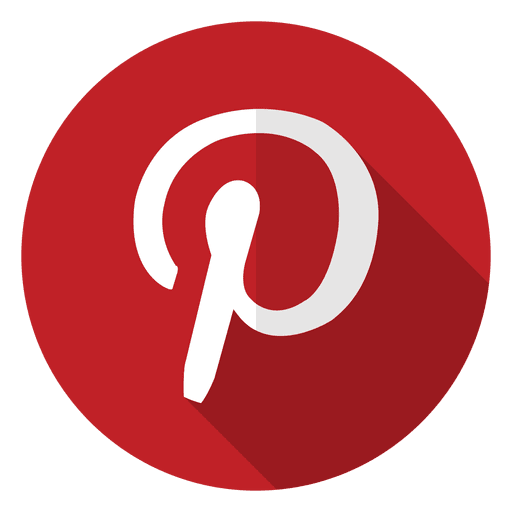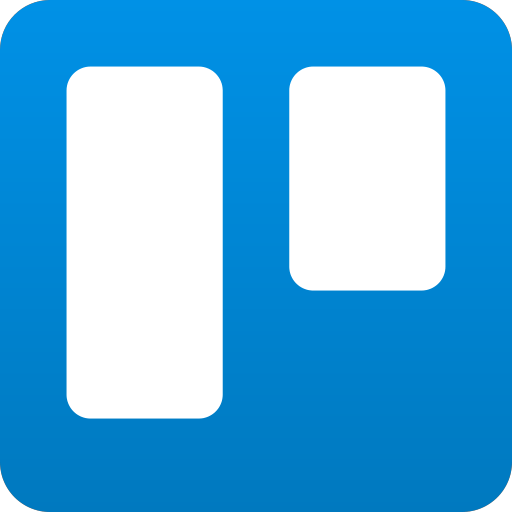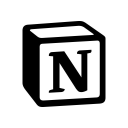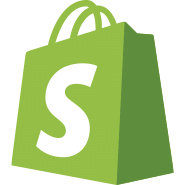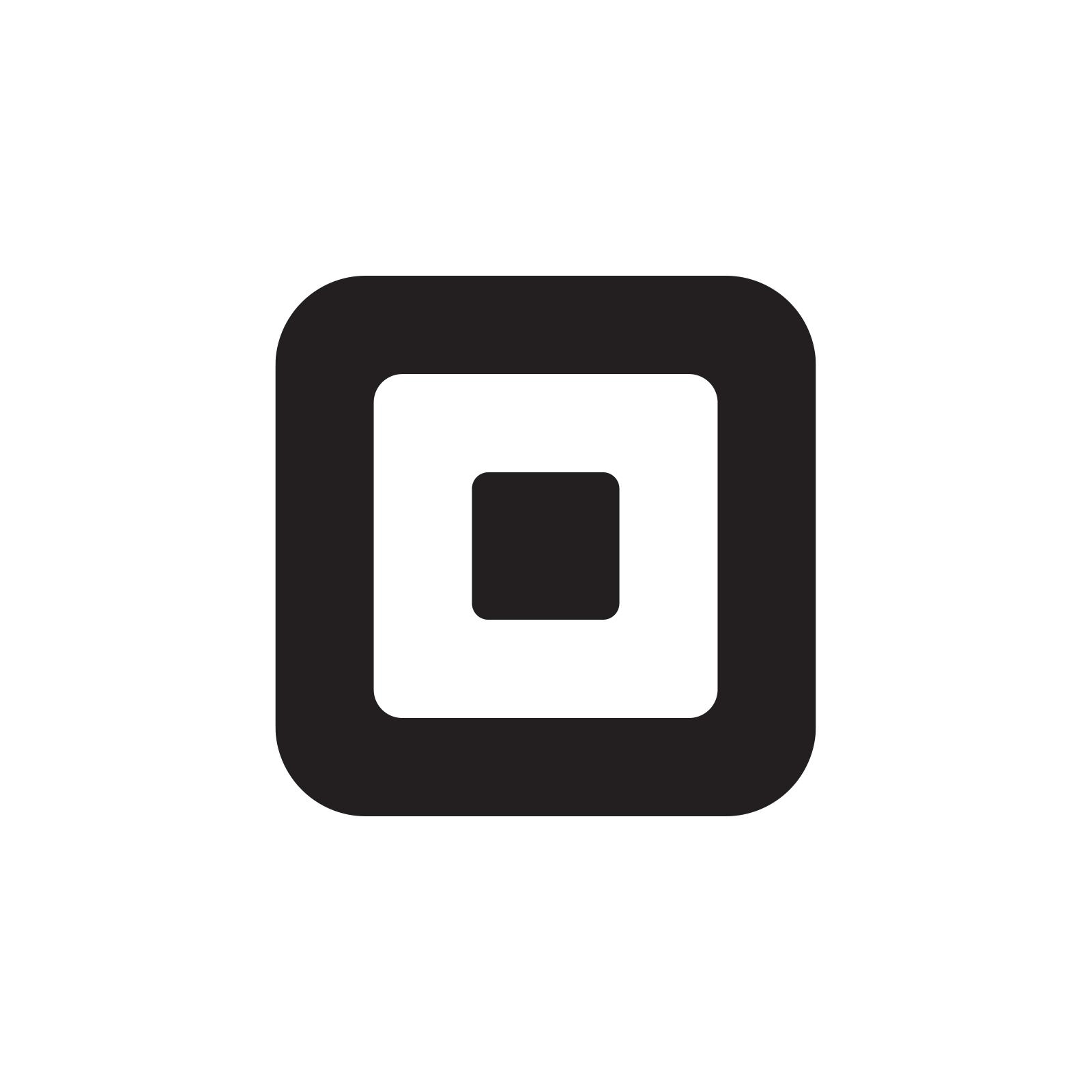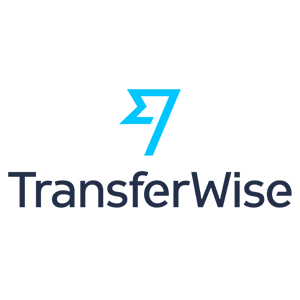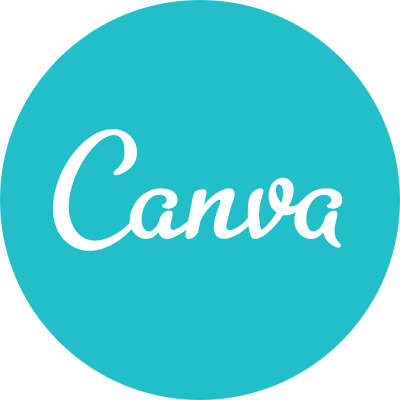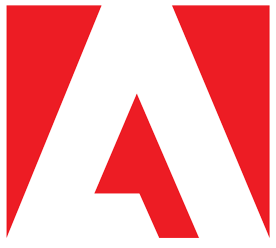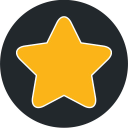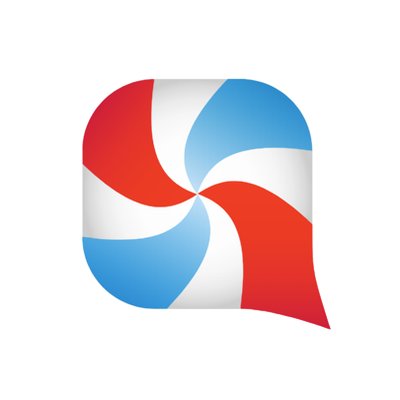Starting A $50K/Month Sustainable Hair Products Brand Amidst A Hollywood Career!
Hello! Who are you and what business did you start?🔗
Hi! My name is Mia Fiona Kut and I’m the founder of Luna Nectar, a line of sustainable hair density and haircare products that are kicking the stigma of women’s hair loss.
We make adaptogen-infused treatments that are all-natural, vegan, and cruelty-free and designed for scalp and hair wellness. Our flagship products are the Moon Boost Lash & Brow Enhancing Serum and Atmosphere Hair Density & Scalp Serum, which are the world’s first waterless hair density products on the market, to reduce our water footprint and allow for ingredients to work more potently, achieving quicker results. Customers report that they see longer, denser hair, lashes, and brows in about 2.5 - 3 weeks.
We’re very science-focused, and all of our products are dermatologist and trichologist tested and approved. We have 10 SKUs in total, and we will be launching a waterless shampoo and conditioner puree this year, infused by ingredients that act as heat protectants, inspired by global warming.
I launched Moon Boost as a sole product in January 2019, and we made $100,000 that first year. We did $350,000 in 2020, $420,000 in 2021, and $600,000 in 2022 with $50k months. This year, we are on track to hit $800,000.
We’re sold in over 250 stores worldwide, including Canada, USA, Europe, Asia, Australia, and the Middle East; including Whole Foods, Hudson’s Bay, Healthy Planet, Detox Market, Thrive Market, and Well.ca.

What's your backstory and how did you come up with the idea?🔗
I started Luna Nectar amid a film career in directing, screenwriting, and acting. Everything was going swimmingly - I had just gotten off of a prestigious feature film directing accelerator program and a few small acting roles on Netflix shows.
The catalyst of my pivot was when my sister came home one day with eyelashes that had doubled their length overnight, using a chemical-based lash growth serum that utilized a hormone-disrupting compound called bimatoprost (in which the original use is to treat glaucoma).
She mentioned that while the product worked, it gave her side effects such as chemical burns and eczema on her eyelids. After researching this product, I saw that many, many women of all ages, and also going through different situations that resulted in hair loss such as stress, health issues, postpartum, and PCOS, would use this product in hopes of regrowing their lashes and brows, but it would more likely than not result in these scary side effects. It could even change your eye color!
Needless to say, I was shocked, but also triggered, as this brought me back to a distant childhood memory in which I had thinning hair using traditional haircare products (aka what you see in your friendly neighborhood drugstore or salon) that disrupted my hormones.
Super embarrassing for a kid. I remembered having to go to the doctor after doctor. Nothing was sticking until I took traditional Eastern remedies to balance out my body. I decided that I was going to create a natural lash and brow density serum alternative using adaptogens from these remedies, that was safe and effective.
I had started off as a chemistry major before pursuing film, so I researched for a year and a half and with $5000 out of my savings, worked with professional labs and chemists to develop the natural alternative to the adverse brow and lash enhancing product, and created the Moon Boost Lash & Brow Enhancing Serum.
I knew with this type of product, it had to be scientifically sound, safe, and also work. We ran consumer perception tests and also got it dermatologically tested and trichologist approved. We also got Moon Boost compliant in the EU, which requires more stringent testing than in North America.
I set up a website and did a few posts on social media. In the first month, I got 20 sales. In the second month, 3 sales. I thought the product was a failure, but in the 3rd month is when sales rapidly ramped up, and a slew of retailer requests poured in.
At that point, I decided to set up an in-house laboratory to lower COGS and to have full control and agility over our manufacturing process, and a family member was kind enough to invest financially in this process.
Take us through the process of building the first version of your product.🔗
The design of our first product, Moon Boost, wasn’t straightforward. I didn’t want to white label (buy a pre-existing product and change around a few ingredients), as usually, these product bases came with ingredients that were either not natural, not vegan, or synthetics that were inflammatory to the body. That meant I had to start from scratch.
I tested around 50 prototypes, doing consumer perception tests along the way to monitor how well the product worked. The first prototype would fall apart and separate and would expire in 3 months, which was not long enough to pass any cosmetic regulations or be carried in any stores.
Conserving water usage is a personal interest of mine, and I knew it would help ingredients perform quicker, so I decided to then cut all of the water out of the formula, and worked with a team of chemists to extend the shelf life to 2 years.
Our product testers reported that they would see a difference in their lashes and brows in 2.5-3 weeks, and full results in 6-8 weeks. This was even quicker than some of the competing chemical-based brow and lash serums on the market!
I then submitted my formula to third-party labs for stability and consumer perception testing, in which we received approval from dermatologists and trichologists in the process.
For the first packaging of Moon Boost, my sister designed them. At the time, we used bamboo tubes from Asia and outer boxes made of recycled cardboard. Over the years, we’ve been constantly improving the packaging. So far, we’ve been through 3 different iterations of the packaging design to better reflect the value of our product, and the tastes of our customer base.
From this point forward, our R&D process became easier - our 2nd bestselling product, Atmosphere Hair Density & Scalp Serum, which is a top-of-head version of Moon Boost which is light, airy, and non-greasy, only took 9 months of R&D.
We manufactured all the products ourselves in our in-house laboratory until volumes got too big for us to fill bottles efficiently. In 2021, we started to outsource to a third-party laboratory.


Describe the process of launching the business.🔗
I did a very soft pre-launch at the start, as I had basically put all my money into creating the product, and didn’t have anything left over for marketing. I set up a Shopify website with a ‘coming soon’ landing page with fields for email capture and set up an Instagram account.
I focused a ton on the aesthetic and brand voice and did about 7 posts teasing Moon Boost Lash & Brow Enhancing Serum. We received about 100 emails from that alone and 20 pre-orders.
After the official launch, we only got 3 sales, so I thought the product was a bust. The next month is when word finally got around. Sales exploded, and a slew of retailer requests poured in.
After this, I financed my business with a combined $50k loan from Futurpreneur and a line of credit from my bank, which I paid back the first year.
Along the way, as a sole founder, sometimes you start to question your judgment. I got distracted from what other people were telling me based on ‘trends’ they were seeing on the market to succeed - “you should make your products look more accessible aesthetically” or “you should price your products lower” (our products range from $28 - $76).
You will learn the most purely through experience. Nothing can prepare you more than being thrown in the ring and juggling a million burning torches at once.
We went through a very short phase of trying to cater to this, but it just simply didn’t work for us. It was causing too much confusion and mixed messaging, and abandoning our pre-existing demographic. I had to go back to the roots of how and why I started the business, and trust my vision to stay on course. Always add value to justify prices, never devalue.
I followed the lesson of ‘don’t worry if it’s not perfect, just put it out there’. Nothing was perfect at all - my website, my social media presence, or the packaging.
Just get started! Don’t worry if it’s not a completely polished product right off the bat. It is worth it to test the market first.
At the time, I was very naive in the sense of not knowing anything about the beauty industry, but just putting myself out there anyway. I’m glad I did it though - looking back and knowing the extent of the beauty industry now, I don’t think I would have been able to do so!
Since launch, what has worked to attract and retain customers?🔗
In the beginning, I did a ton of testing and experimenting with marketing tactics on my own - social media strategy, giveaways, influencers, product collaborations with like-minded brands, trade shows, and stints with Facebook and Google ads.
I’ve tried ads by myself, with other Facebook ad managers, and with agencies, and found that agencies ate up too much of our budget with their monthly fee, with a low return on ROAS, to justify at this point. We haven’t tried ads again since 2021 - there are marketing fundamentals that we want to strengthen before returning to it again.
60% of our traffic comes organically. Our strategy is to focus on product knowledge and clean beauty education through blogs, SEO, and social media.
Other avenues that work well for us are email marketing, influencers, and the press. We have tried PR agencies before, but the best results were always done in-house, with us landing in publications such as Vogue, Buzzfeed, Women’s Health Magazine, Who What Wear, and Huffington Post.
We have focused on a subscribe and save model on our website, with customers being able to choose new products shipped to them every 30, 60, or 90 days. This has helped boost our returning customer rate.
We have about 25000 subscribers on our email list and cannot emphasize how important it is to nurture this list with the right email flows and types of content you are sending out - these are your repeat customers!
How are you doing today and what does the future look like?🔗
Currently, our gross margins are 63 - 92%, depending on the SKU. Our conversion rate is 6.4% for B2B, and 3% for DTC, with returning customer rate being 20%. We have a following of 25.5k through Instagram.
We are doing around $50k - 60k in sales per month, with 60% being B2B and 40% DTC through Shopify and Amazon. Our YoY growth is 33%.
For B2B, we work with distributors in Canada, Europe, and Asia. We receive a lot of inbound sales, and we also do sales outreach. 15% of our market is in Asia, so we are receiving a lot of interest from our distributor to expand in that region.
We currently have 7 people on our team, and everyone works remotely - I believe in the Dutch model of working, in which everyone works together in their pods, and can have enough time away from work to pursue their hobbies and interests as well.
We plan to keep expanding our B2B and DTC reach, especially in the US, which is our largest market. We have our eyes set on partnering with retailers Ulta and Sephora and are also focusing on growing and building our community.
Through starting the business, have you learned anything particularly helpful or advantageous?🔗
I’ve learned to stick with strategies and processes that work with the size of business that I currently have. Don’t go chasing shiny objects or employ large expensive marketing or operations if you are realistically smaller.
If you have a small budget, every dollar counts, so use it wisely. We’ve spent a bunch of money testing out PR agencies and even have done a few months here and there with ad agencies, however, the results always were better when we brought the work in-house.
We had to pivot quite a bit when it came to how to best structure our manufacturing and operations, especially keeping up with the ever-changing inflation and shipping issues during, and in the aftermath of Covid.
We had our first taste of manufacturing challenges last year when Moon Boost was featured in Vogue, which then led us to be sold out 3 times in 6 months. During this time, inflation had hit, which meant costs of ingredients were rising, cash flow was tight, and shipping times were taking longer.
Due to these reasons, our lab extended their lead times from 4 weeks to 6 weeks, but then things went even worse - a piece of their equipment burned our batch of Moon Boost, then they had to re-order all of the ingredients. The final straw was the ingredients getting held up for weeks in a blizzard.
We went almost 3 months without our bestseller, and it hurt our bottom line. That was the point where I decided to bring manufacturing back in-house, where we’d be able to create smaller batches to mitigate cash flow and lead times and to better control these external factors.
Something I wish I did differently is not bootstrap the whole way through and accept investment earlier. I’ve always wanted to keep 100% of the company, however now I am more open to dilution and investment to fulfill the larger plan for Luna Nectar.
The greatest lesson I’ve learned is energy management. People say I’m pretty even-keeled in general, but I’m only that way if I stick to my routine! I’ll get up around 8:30 am, quickly check any urgent messages, have breakfast, and go through emails from 10 to 11:30 am. I’ll then go for a walk, then have lunch.
In the afternoon, I’ll do more of the tasks and projects that require more thought, such as marketing, operations, or sales. I always do accounting during this time block on Fridays. I’ll then go on my exercise bike around 4 pm, and do any calls/emails while cycling for 45 min. I’ll try to cut off work around 5 pm.
After 5 pm, that is when I like to daydream about new ideas, let my mind wander about any lingering issues to be solved, and generally unwind. I find that when I am doing something relaxing and completely unrelated to work, it is when I’m able to solve a tough problem much more efficiently.
It hasn’t always been this routine-driven - I’ve experienced a ton of burnout in the past from not having a solid schedule. It took getting a double concussion last year and going through post-concussion syndrome, to truly recognize the importance of whole-heartedly taking care of yourself physically and mentally, and to draw any boundaries if you need it.
What platform/tools do you use for your business?🔗
We are using:
Inventory Planner to manage our inventory, laboratory supplies, ingredients, packaging, and warehouse.
Trello for keeping track of projects and campaigns.
Quickbooks as a CRM and for accounting.
Slack for internal communication.
Chit Chats for fulfillment.
Klaviyo for email marketing.
Shopify as our sales platform.
What have been the most influential books, podcasts, or other resources?🔗
I’m a huge fan of Simon Sinek and his A Bit of Optimism podcast. DTC Podcast and Limited Supply’s podcasts are also amazing motivators with super useful advice about CPG businesses. Currently, I’m loving Arlene Dickenson’s book ‘Reinvention’ at the moment. A big part of being an entrepreneur is a positive mindset and the willingness to pivot and reinvent, and I take a lot of life lessons from these resources.
Advice for other entrepreneurs who want to get started or are just starting out?🔗
Just get started! Don’t worry if it’s not a completely polished product right off the bat. It is worth it to test the market first, to see if there is a demand for your product or service. I see so many people hesitating on an idea, or trying to create the most perfect product in the universe, and in the end, they never launch it. If it’s 90% there, put it out into the wild and see what happens. You can always reshape your idea from that point forward.
You will learn the most purely through experience. Nothing can prepare you more than being thrown in the ring and juggling a million burning torches at once. As time goes on, the huge problems from last year are not so much of a challenge for you this year.
For example, when I first started, I would internally freak out about every little fire that had to be put out - I was working myself up into a frenzy. Now, with learned experience, I can stay calm and navigate through the strategies that I had already built up.
I also believe success is truly a nervous system game, and it is worth it to learn how you can best train your nervous system to be calm, thus getting more oxygen to the brain to make better decisions. Meditate, read, exercise, eat right, and get enough sleep!
Are you looking to hire for certain positions right now?🔗
Yes! We are looking for content creators that specialize in videography. Feel free to DM us on Instagram @lunanectar to apply!
Where can we go to learn more?🔗
If you have any questions or comments, drop a comment below!

Download the report and join our email newsletter packed with business ideas and money-making opportunities, backed by real-life case studies.

Download the report and join our email newsletter packed with business ideas and money-making opportunities, backed by real-life case studies.

Download the report and join our email newsletter packed with business ideas and money-making opportunities, backed by real-life case studies.

Download the report and join our email newsletter packed with business ideas and money-making opportunities, backed by real-life case studies.

Download the report and join our email newsletter packed with business ideas and money-making opportunities, backed by real-life case studies.

Download the report and join our email newsletter packed with business ideas and money-making opportunities, backed by real-life case studies.

Download the report and join our email newsletter packed with business ideas and money-making opportunities, backed by real-life case studies.

Download the report and join our email newsletter packed with business ideas and money-making opportunities, backed by real-life case studies.

